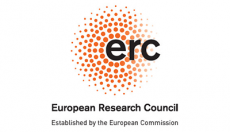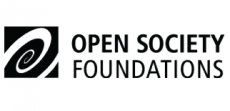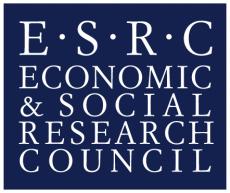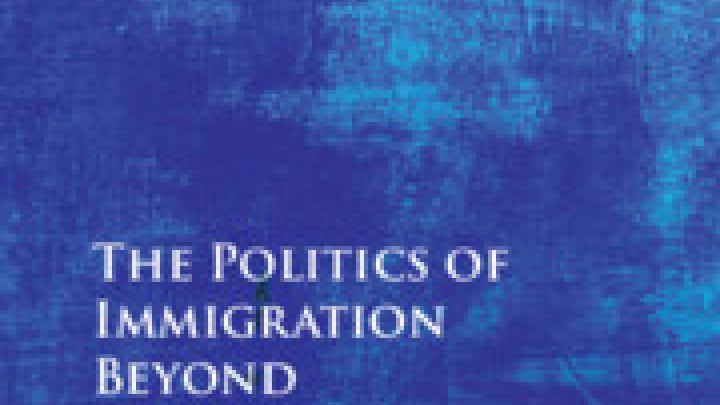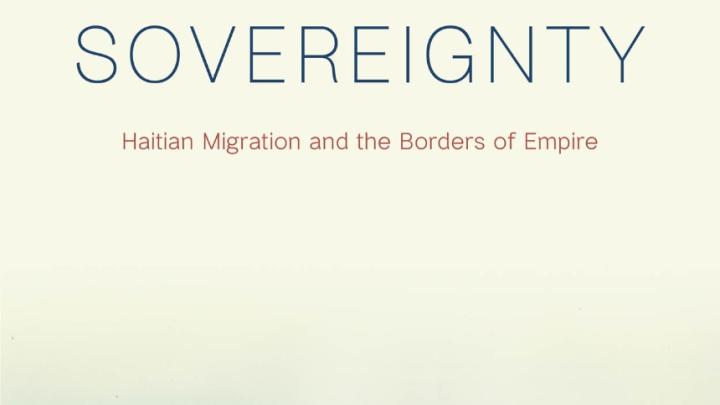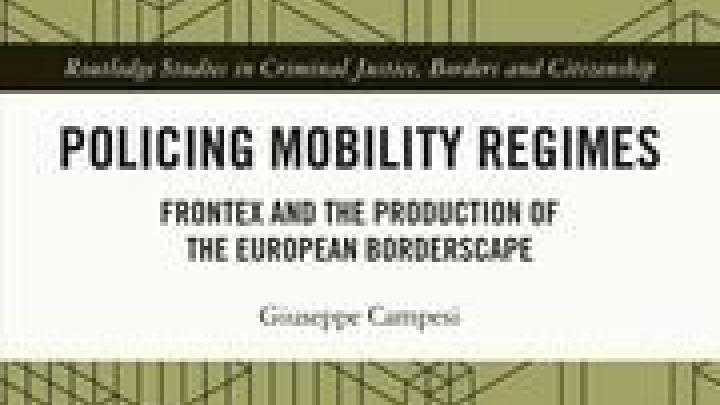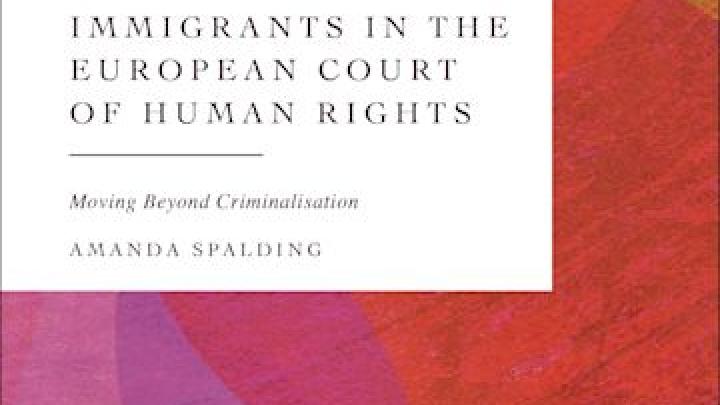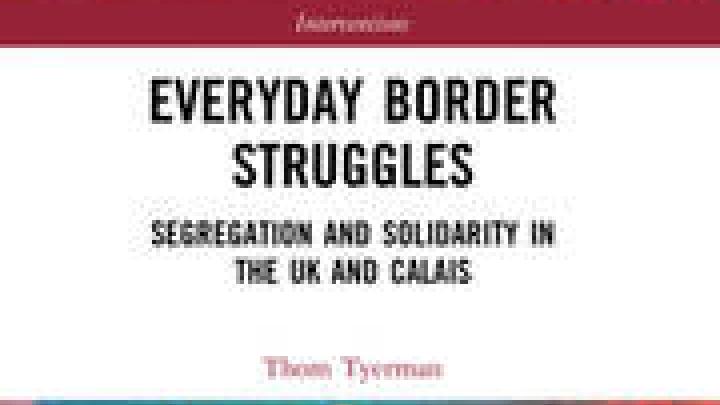Book Review: Asylum and Extraction in the Republic of Nauru
Posted
Time to read
Guest post by Dr. Andrea Peña-Vasquez. Andrea is a Postdoctoral Fellow in the Government department at Hamilton College and an incoming Assistant Professor at the Graduate School of Public and International Affairs (GSPIA) at the University of Pittsburgh starting in Fall 2024. Her research focuses on legal status, race and ethnic politics, and migration governance in multi-level states. @andrea_penav
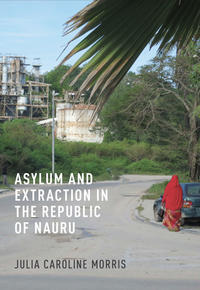 Review of Asylum and Extraction in the Republic of Nauru, by Julia Caroline Morris (Cornell University Press, 2023).
Review of Asylum and Extraction in the Republic of Nauru, by Julia Caroline Morris (Cornell University Press, 2023).
The Republic of Nauru, a tiny island nation of only 21 km2 located in the Pacific, is primarily known to the world in the context of Australia’s infamous offshore refugee processing regime.
In her recent book, Asylum and Extraction in the Republic of Nauru, Julia Morris sheds light on how refugee processing operates as an extractive industry, like coal and oil mining, that effectively turns asylum-seekers and refugees into commodities.
What I found most compelling about the book was the intricately nuanced ethnographic account of how the wide-scale phenomena of offshore processing impact the daily lives of local Nauruans and refugees alike. Most of what I knew about Nauru before this book stemmed from journalistic accounts or NGO reports that detail the violence and abuses suffered by refugees while on the island. While not dismissing such accounts, Morris provides a new perspective that includes local Nauruans whose lives are also affected by the industry, are critical of it, yet are often villainized by the media. Although there are many valid critiques of the arrangement, these are usually levied against Nauru using colonial tropes of savagery and civilizational inferiority rather than against Australia, which uses Nauru in its ‘grand spectacle of offshore deterrence’ (pg. 55).
The book starts by discussing Nauru’s history, paying particular attention to the colonial continuities that have bound and facilitated two of the island’s most lucrative extractive industries: phosphate mining and refugee processing. At first, these two industries could not seem any more different. Still, they have operated in startlingly similar ways, fashioning and refashioning Nauru into a ‘company town’ with equally toxic outcomes. Nauru once boasted of the world’s second-highest GDP per capita after Saudi Arabia due to the exorbitant wealth it acquired from phosphate mining, which supported agricultural production worldwide. However, following a series of financial mishaps, the country went bankrupt in the 1990s only to find economic deliverance in refugee processing and, later, resettlement. For its part, the Australian government was dealing with a political crisis regarding the arrival of a merchant vessel carrying asylum-seekers that had been refused entry to Australian waters. With an election looming, the Australian government found itself in a political predicament between its moral and legal responsibilities towards asylum-seekers and public opinion against maritime arrivals. This history makes evident the political economic value of refugees as commodities and the mutual benefits of the offshoring arrangement. In essence, Australia would reap the political benefits of deterrence while cash-strapped Nauru obtained a new extractive project that would save it from economic ruin.
The second chapter discusses the toxic by-products of both industries. Phosphate mining generates poisoned soils, polluted water, and contaminated air. At the same time, the commodification of human suffering in the refugee industry induces psychological and bodily harms, such as depression and self-harm. In both cases, these harms are outweighed by political and economic considerations and ultimately ignored by those in power. In the third chapter, Morris discusses how these harms have acted as industry risks managed via a corporate culture of safety protocols and regulations, including the hypervigilance and policing of refugees. One of the most significant risks was the high-profile campaigns by pro-refugee activists back in Australia to end offshore operations and resettlement in Nauru. Chapter four describes how refugees’ displeasure over being denied entry into Australia resulted in many working with activists to promote narratives of their suffering in Nauru, creating friction between refugees and the locals. Such conflicts were exacerbated as the processing agreement turned into a resettlement agreement. The following chapter details the efforts made to promote multiculturalism as a national ideology in Nauru, hoping to reconcile the two groups while cloaking their mutual experiences of exploitation by the enterprise. In the final chapter, Morris discusses the sustainability of Nauru as a refugee company town, especially given the insecurity laden in the industry.
Given the few asylum-seekers sent to Nauru, this case truly exemplifies a border spectacle. At the peak of operations in August 2014, Australia sent only a little over 1,200 asylum-seekers to Nauru, a fraction of Australia’s refugee resettlement quota and a minuscule number compared to the ever-growing displaced population worldwide. However, the amount of money involved in the operations is exorbitant, surpassing at least AU$ 9 billion between 2013 and 2021. As Morris points out,
This was all deeply paradoxical, as rather than allowing for the movement of refugees onshore, the Australian government chose to spend more money in indefinitely maintaining the offshore policy to satiate a politically riled faction of the Australian electorate (pg. 125).
This book importantly discusses the role of asylum within the broader system of border control between the Global North and Global South. Framed as a depoliticized humanitarian act, the granting of asylum normalizes geographies of containment in the Global South and reinforces the differential access to mobility that is largely based on race and class—with poor migrants of color disproportionately exposed to hypercriminalization and the violence of detention and deportation. In such an unequal system, refugees are treated as exceptions to the rule, worthy of mobility only on account of their narratives of victimhood and suffering, which they have little choice but to relive in the refugee status determination process and repackage for the consumption of decision-makers and publics. Morris’s work challenges the dominant ideology of asylum as benevolence and puts into clear focus the exploitative labor practices inherent in claiming asylum.
As the world’s displaced population continues to increase, so does the political potency of ‘refugee scares’ in the Global North, resulting in many more of these offshore agreements—as we have already begun to witness with the EU-Turkey deal and the UK-Rwanda arrangement. This book reminds us that, like other capitalist markets, the refugee industry is one in which some will win and some will lose, but we all suffer somehow.
Any comments about this post? Get in touch with us! Send us an email, or post a comment here or on Facebook. You can also tweet us.
How to cite this blog post (Harvard style):
A. Peña-Vasquez. (2023) Book Review: Asylum and Extraction in the Republic of Nauru. Available at:https://blogs.law.ox.ac.uk/border-criminologies-blog/blog-post/2023/09/book-review-asylum-and-extraction-republic-nauru. Accessed on: 30/12/2024Share
YOU MAY ALSO BE INTERESTED IN
With the support of



